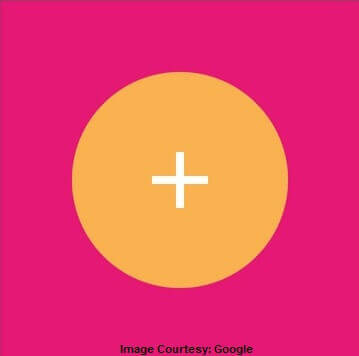
When it comes to design trends in the tech world, Apple continues to dominate. Ever since its inception, Apple products sport a trademark design which is simple to use, clean and fun. After all, Apple’s founder late Steve Jobs famously said, “Design is not just what it looks like and feels like. Design is how it works.”
Design aesthetics set Apple class apart from technology giants such as Google and Microsoft and make it “the most valuable company in the world.” However, recently Apple has moved down from the market-leading position, making room for several design concepts. The company bid farewell to skeuomorphic design with the release of iOS 7 to embrace the flat design concept. Microsoft spearheaded the revolution with its flat design, geometric, and vibrant colored Metro UI. But Apple’s adoption of flat design took this concept to the masses.
While skeuomorphic design looked cheesy and outdated trying to create a real-life metaphor in a literal sense, flat design wasn’t functional to solve UI design problems across different platforms.
Google pitched in later and went a step further bringing the card-based aesthetics of material design. Google released Material Design with Android Lollipop at its 2014 I/O conference. Material design is not another design language rather a visual language that guided design and interaction. Material design is a guide for visual, motion, and interaction design across platforms and devices.
Principles Guiding Material Design
“Material is the metaphor”

This design concept does not consider your device screen as a two-dimensional plane which effectively means that objects can move around in — not just laterally, but from the back of your device to the surface.
“Bold, graphic, intentional”

Ultimately in order to create an immersive user experience everything boils down to making right color choices, imagery, large typography, and white space. With the core emphasis on user actions, functionality becomes obvious and apparent.
“Motion provides meaning”

Card-Based Design: User Centric Approach

In order to make things simpler, Google recently launched Material Design Lite which is a lightweight implementation of Material Design and is very easy to install with very few dependencies. Now we understand where the word “Lite” comes from. Material Design Lite is a library of front-end components that makes it easy to apply Material Design elements to standard HTML, JavaScript, and CSS.
Is Material Design for you?
Let your design principles help you take a final call. It is important that your apps are not only visually appealing, but intuitive. You need to take embrace the strengths of each platform whether it is iOS, Android, or Mac.
Striking a great balance between your app’s style and core features of the device or OS you’re building will make your app an absolute delight for users.
What is the future of material Design? How will the experts at Google refine material design? This is a question only time will tell. However, the principles of material design are practical and its results beautiful enough for the designers to look into and give it a serious thought. The principles transcend beyond Android-only version and can help you even if you design for iOS.





















































